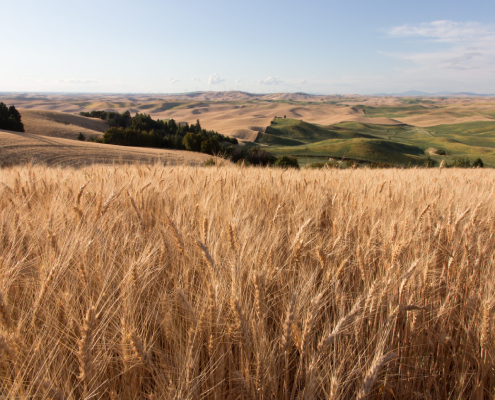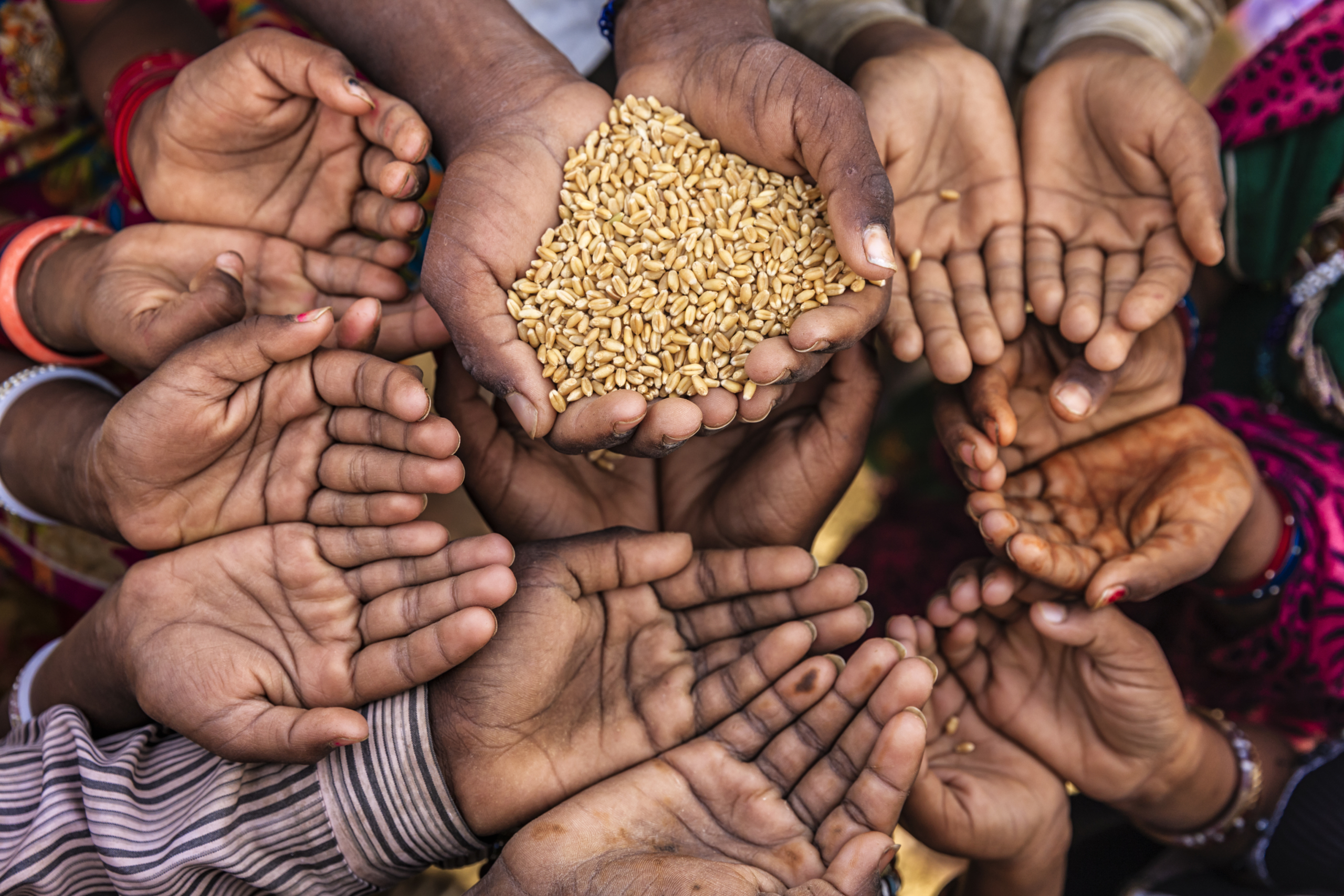By Stephanie Bryant-Erdmann, USW Market Analyst
As the Dec. 9 World Agricultural Supply and Demand Estimate (WASDE) confirms, global wheat supplies are at a record high this year. USDA increased its estimate for 2016/17 global wheat production to 751 million metric tons (MMT), up 2 percent from 2015/16 and 6 percent above the 5-year average. USDA now forecasts Australian wheat production to reach a record 33.0 million metric tons (MMT), up 35 percent year over year, if realized.
Higher yields tend to be associated with lower protein. As discussed in the Nov. 3 Wheat Letter, quality test results from Stratégie Grains, UkrAgroConsult, Canadian Grain Commission and other international agricultural groups show lower-than-average protein in the supplies from wheat-exporting countries.
Lower average protein content is problematic for many end-users. According to work done by Shawn Campbell, USW Deputy Director, West Coast Office, nearly all of the world’s high protein wheat exports (13 percent protein on a 12 percent moisture basis or higher) originate from just six countries: Australia; Canada; Kazakhstan; Russia; Ukraine; and the United States. High protein wheat production in these countries accounts for an average one-fifth of their total production in a normal year.
High protein wheat supply and demand factors are driving the growing premium between the Minneapolis Grain Exchange (MGEX), which trades hard red spring (HRS), and the Chicago Board of Trade (CBOT) and Kansas City Board of Trade (KCBT), which trade soft red winter (SRW) and hard red winter (HRW), respectively. Last December the intermarket spread between MGEX and KCBT averaged 36 cents. Fast forward to this December, and the MGEX to KCBT spread averages $1.47.
If the same high-yield, lower-than-average protein correlation also plays out in Australia, there will be little help from that corner for buyers searching for high protein wheat, further supporting the MGEX to KCBT and MGEX to CBOT spreads.
The demand for higher protein wheat also supports HRW protein spreads, which have widened significantly this year at both Gulf and Pacific Northwest (PNW) ports. Over the past 15 years, the average premium for 12 percent protein (12 percent moisture) at the Gulf has been 12 cents per bushel. This year that premium is 46 cents per bushel. The 15-year average premium for 12 percent protein HRW at the PNW is $1.05 per bushel. Since the beginning of the 2016/17 marketing year on June 1, that average premium is $1.64 per bushel.
Despite the increasing premiums for higher protein HRW and HRS, U.S. HRW exports are 25 percent ahead of the 5-year average and U.S. HRS exports are 29 percent ahead of the 5-year average. While the average protein content of HRW exports this year is down from last year due to increased demand for all HRW, 12 percent protein shipments account for 31 percent of all HRW shipments to date, up from 27 percent last year. The brisk pace of HRW and HRS exports and anecdotal reports from traders indicate buyers are breaking from the hand-to-mouth buying pattern that has been prevalent this past year to secure supplies of higher protein wheat. Forward contracting for high protein needs now makes sense.
When evaluating competing prices of high protein wheat, buyers should be sure to convert protein values quoted to a common moisture basis. Because water can be readily removed (by drying) or added (by tempering), exporters quote protein using a fixed moisture basis, but they do not all use the same basis. The United States specifies protein on a 12 percent moisture basis. The European Union and the Black Sea region typically use a dry-matter (0 percent) moisture basis. Australia uses an 11 percent moisture basis and Canada uses a 13.5 percent moisture basis. Below is an example of how moisture basis impacts actual protein received, and the conversion equation.
Please call your local USW representative if you have any questions about the U.S. wheat marketing system, U.S. wheat supply or moisture basis calculations.
| Country |
Moisture basis used |
Example: 13% Protein |
Protein Converted to
Dry-Matter Basis |
| Australia |
11.0 |
13.0 |
14.6 |
| Black Sea |
0.0 |
13.0 |
13.0 |
| Canada |
13.5 |
13.0 |
15.0 |
| European Union |
0.0 |
13.0 |
13.0 |
| United States |
12.0 |
13.0 |
14.8 |
Equation to calculate protein content based on different moisture basis:
Example: You have a sample of wheat with 10 percent protein on a 13 percent moisture basis (mb) and want to convert to 12 percent mb.
Equation: Protein1/(100-mb1) = Protein2/(100-mb2)
10/(100-13) = Protein2/(100-12)
10/87=Protein2/88
Protein2= (88*10)/87 = 10.1%




